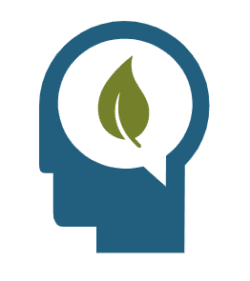This activity demonstrates methods of testing the purity of water and applying their knowledge of filtration and impurity detection to better assess how cities might improve regulating and cleaning their water.
This activity demonstrates methods of testing the purity of water
and applying their knowledge of filtration and impurity detection to better
assess how cities might improve regulating and cleaning their water.
The teacher will provide several samples of water for the students
to determine the pH. The teacher will lead a class discussion on how
the increasing amount of carbon dioxide in the atmosphere has a direct
relationship to the decreasing pH in our water reservoirs and how that
impacts aquatic ecosystems and food production. Students will then
be challenged to perform a water filtration activity in which they use filter
papers and varying types of sediment to see which system filters
water the best.
This activity demonstrates methods of testing the purity of water
and applying their knowledge of filtration and impurity detection to better
assess how cities might improve regulating and cleaning their water.
The teacher will provide several samples of water for the students
to determine the pH. The teacher will lead a class discussion on how
the increasing amount of carbon dioxide in the atmosphere has a direct
relationship to the decreasing pH in our water reservoirs and how that
impacts aquatic ecosystems and food production. Students will then
be challenged to perform a water filtration activity in which they use filter
papers and varying types of sediment to see which system filters
water the best.
Grades 6 – 9
45-60 minutes




